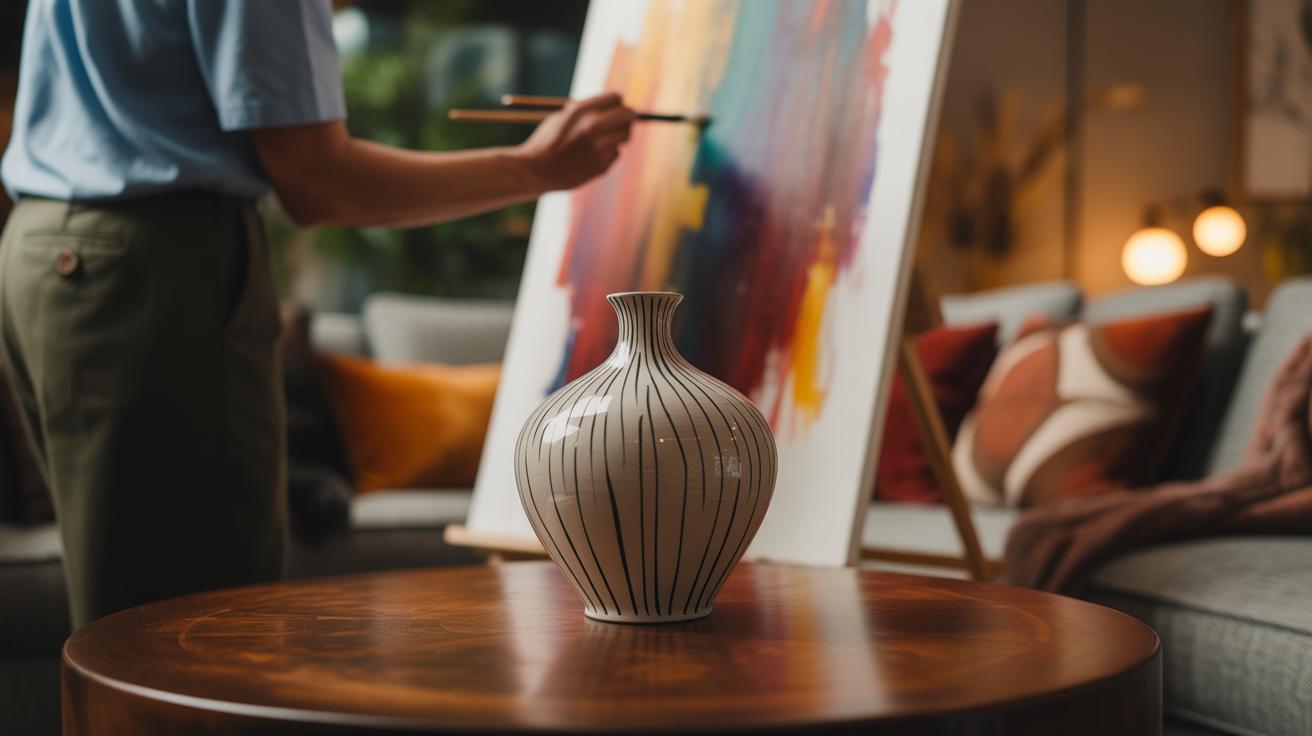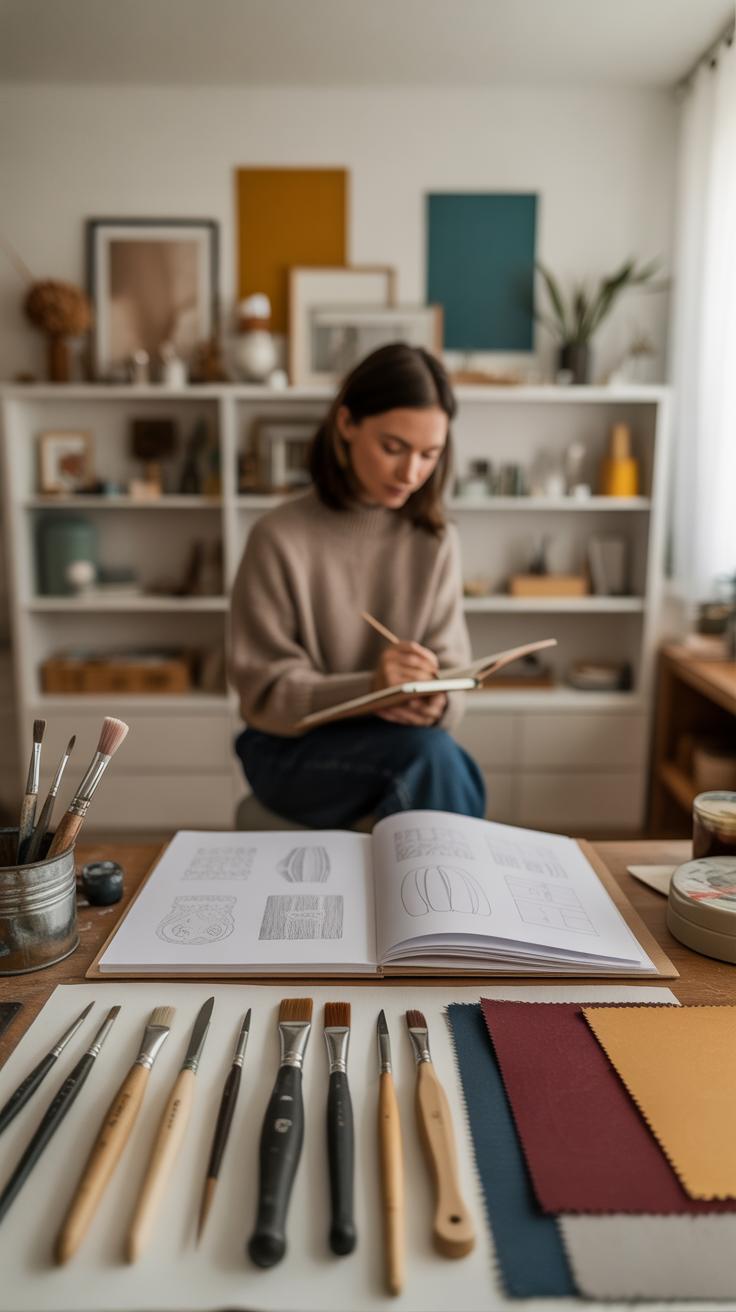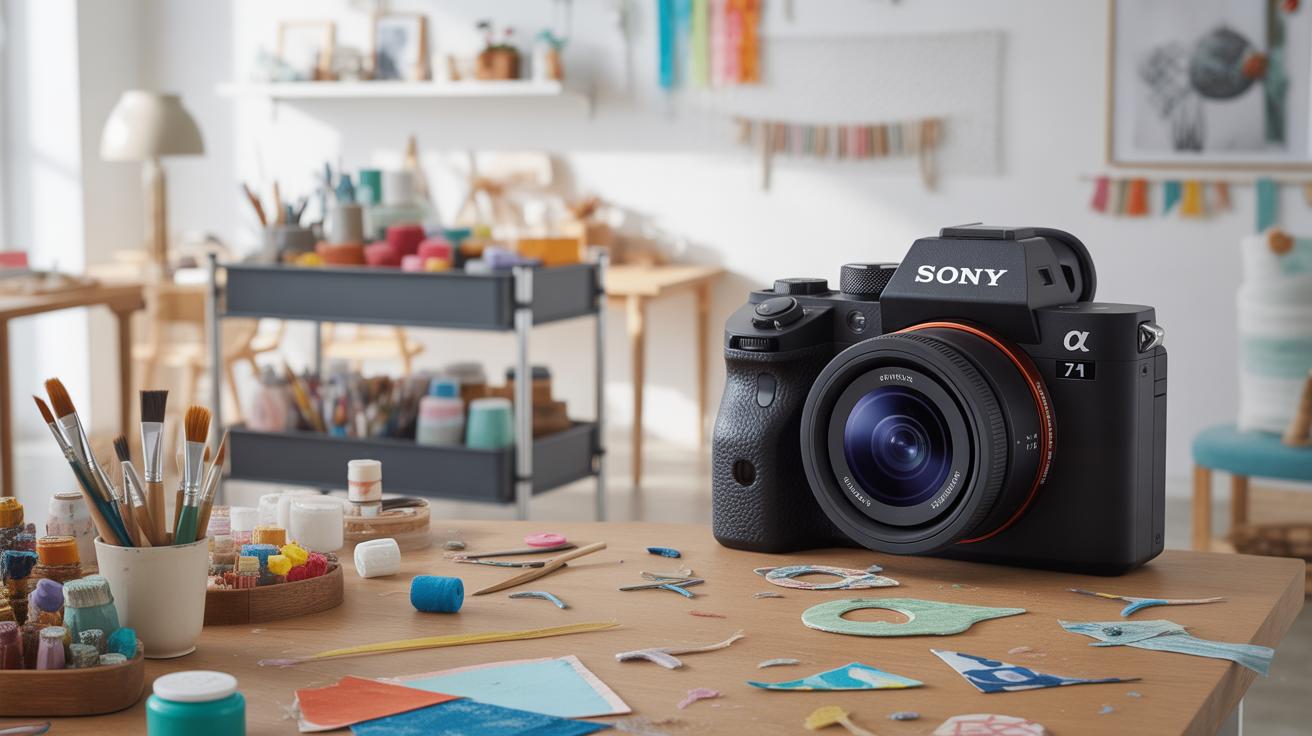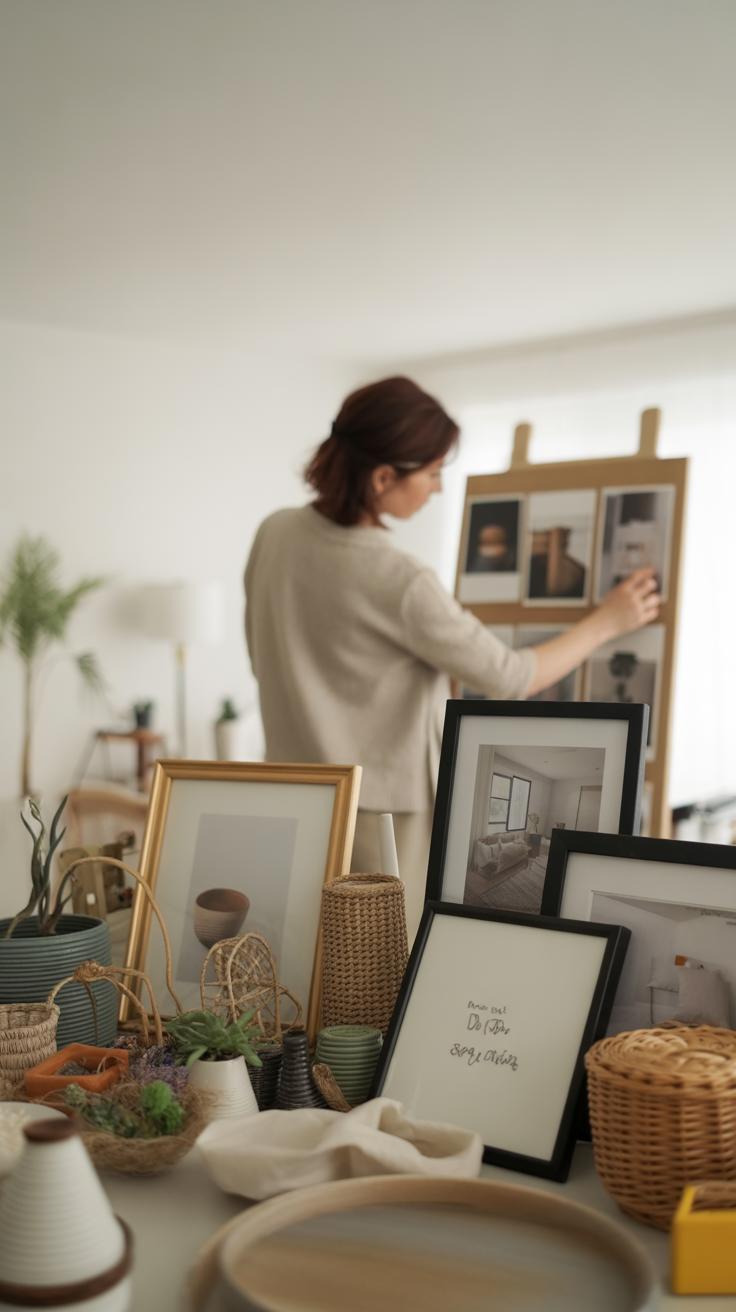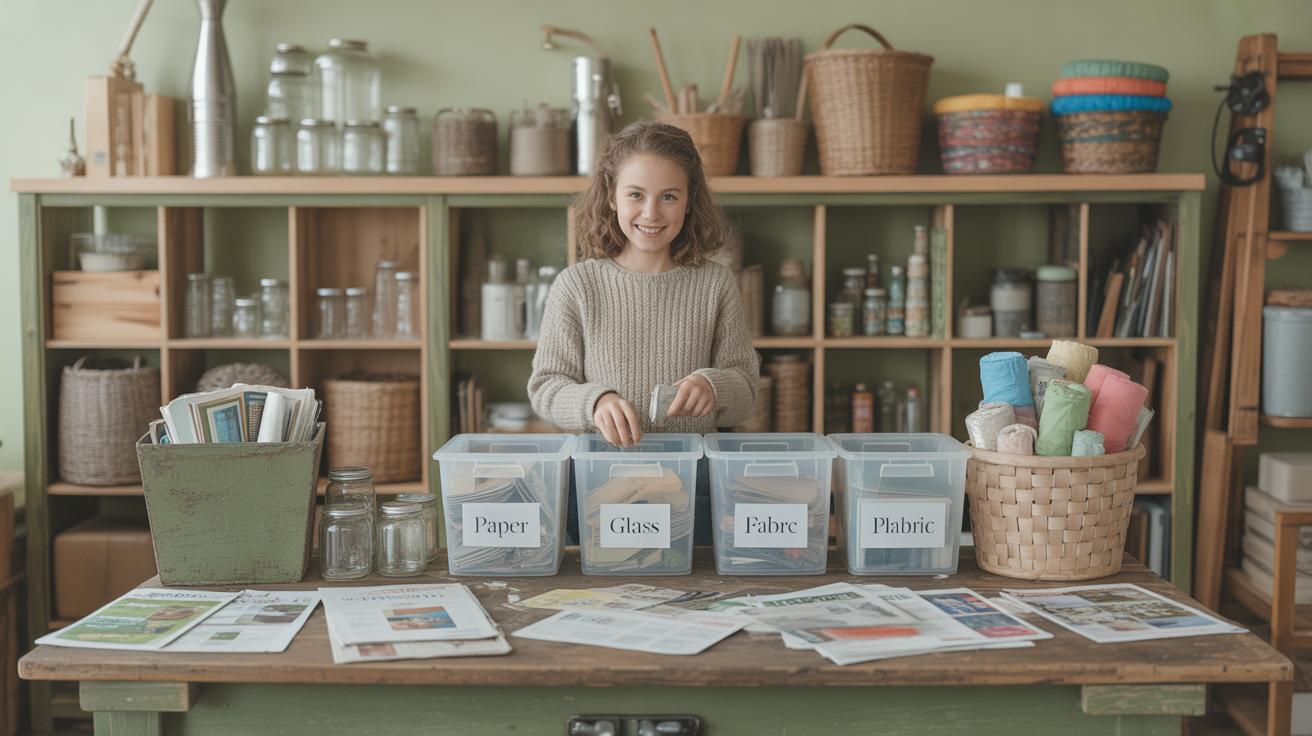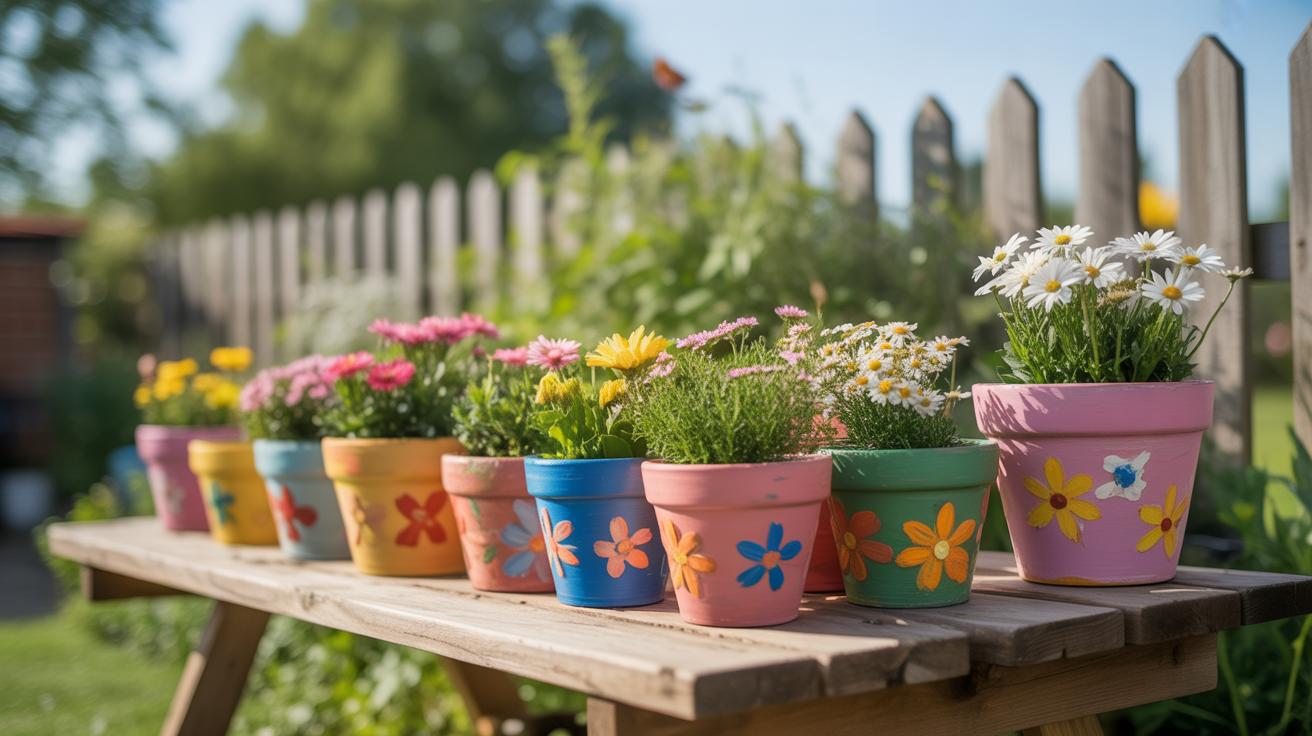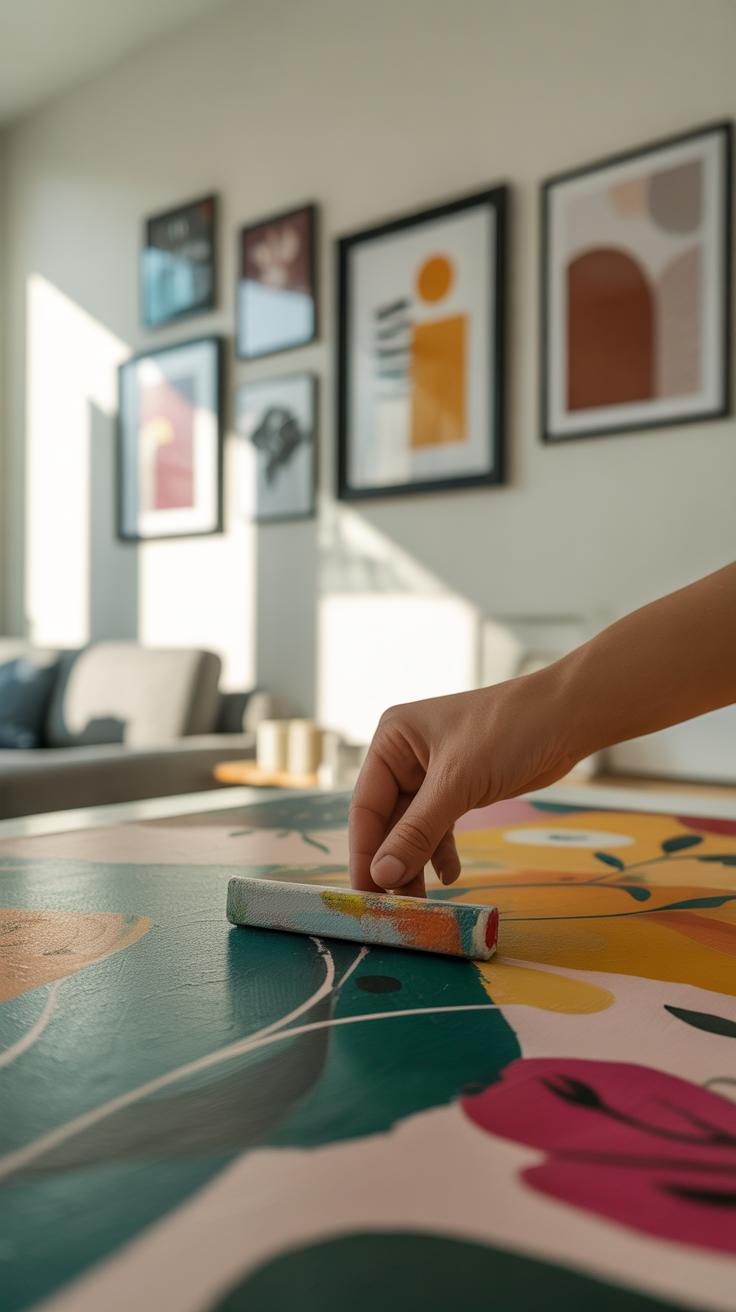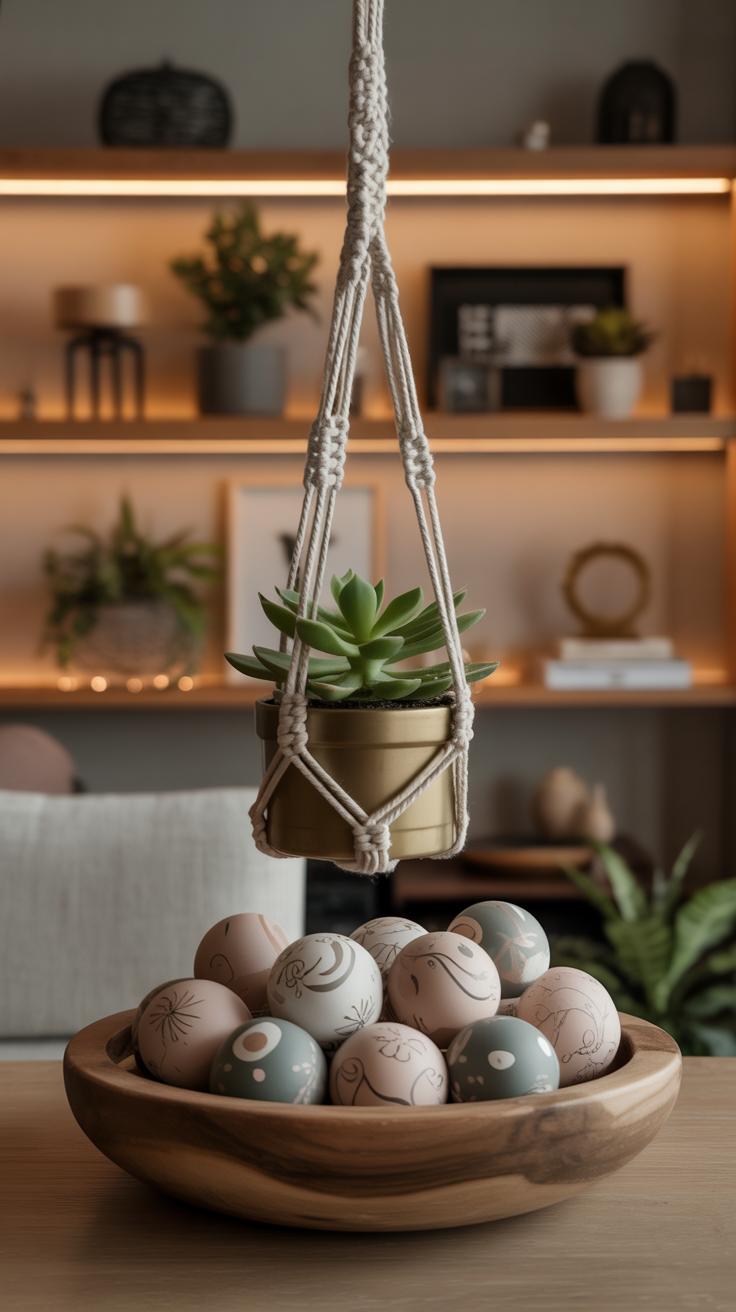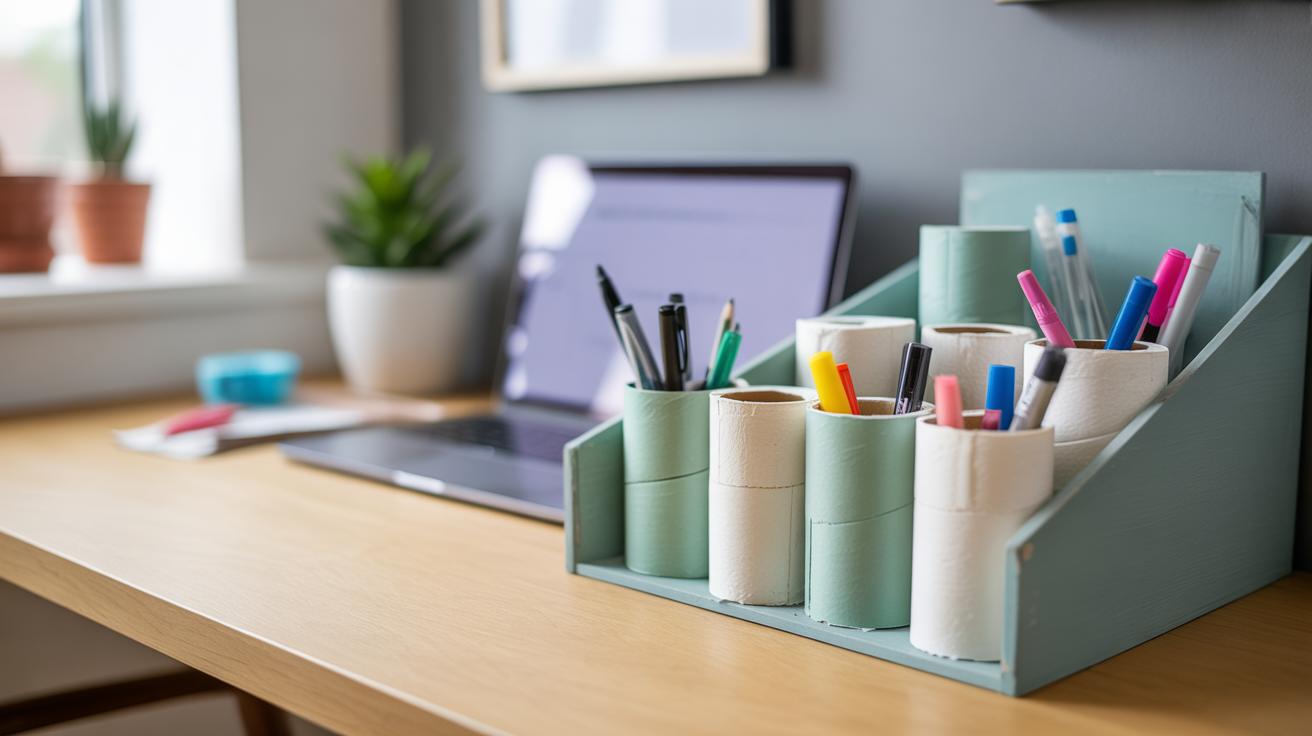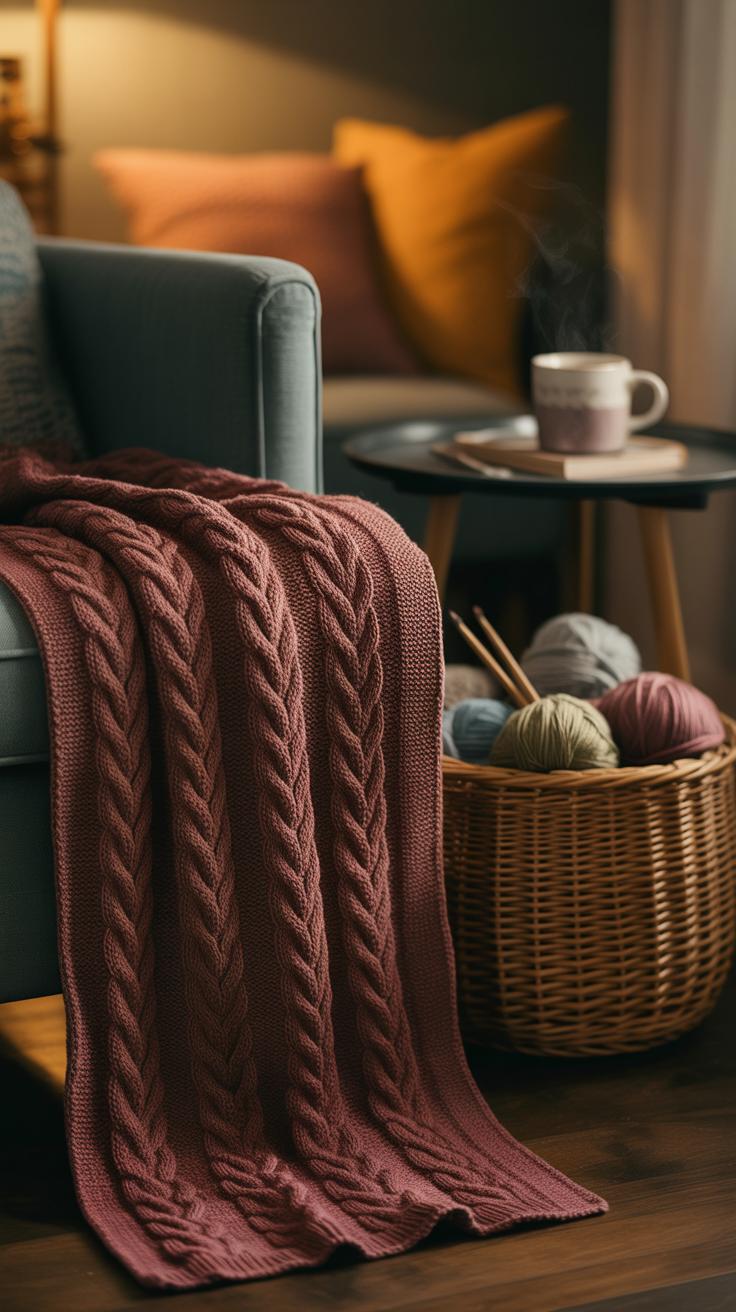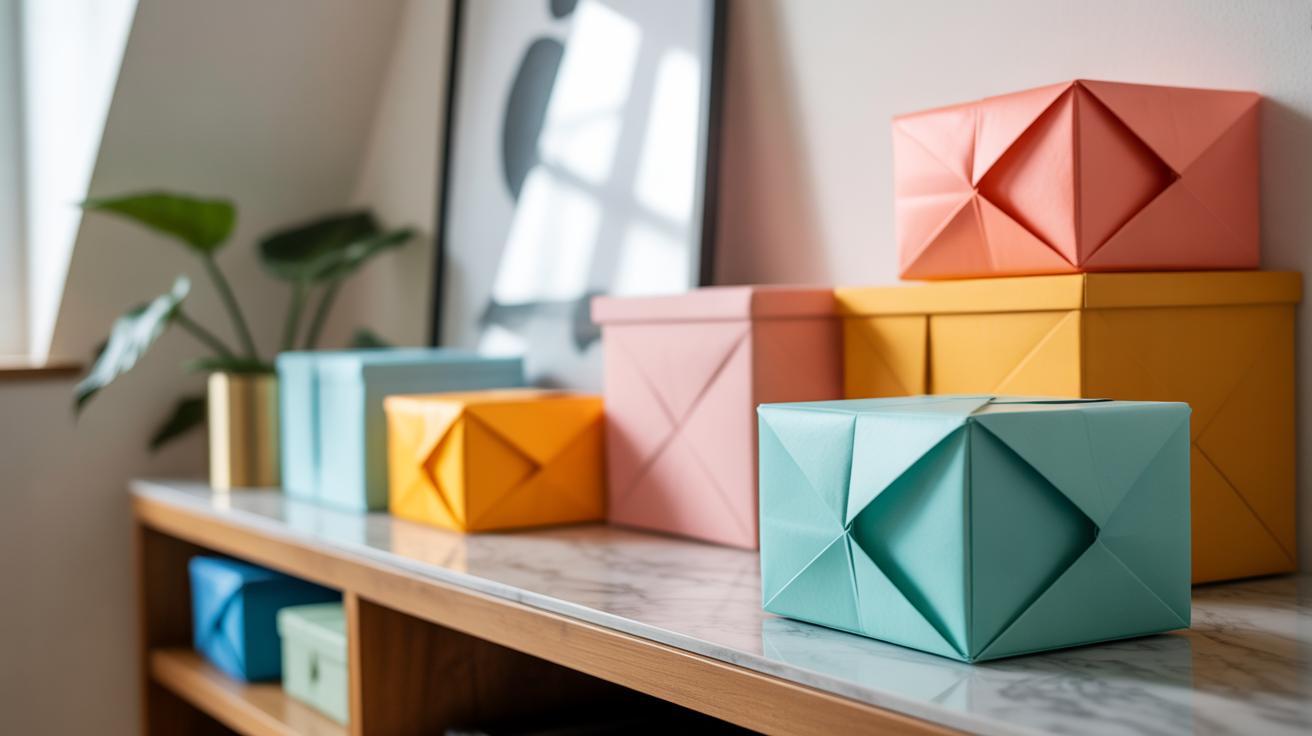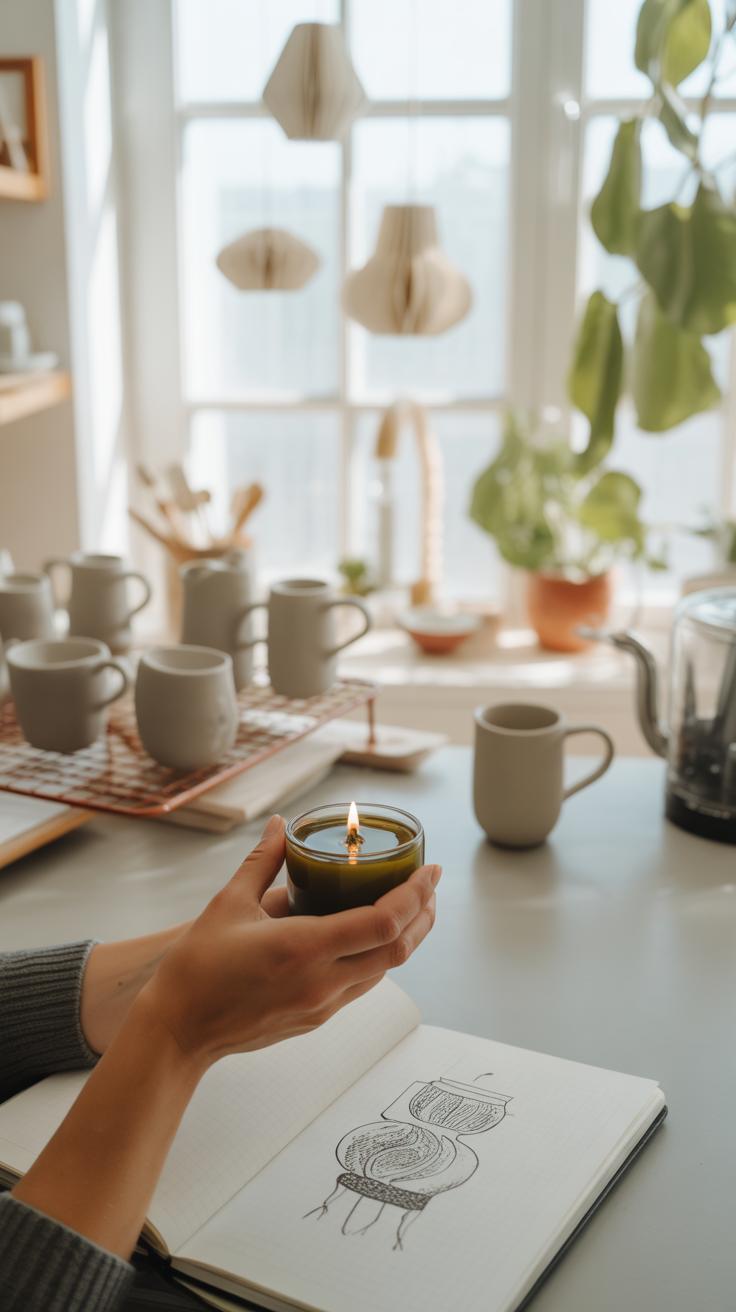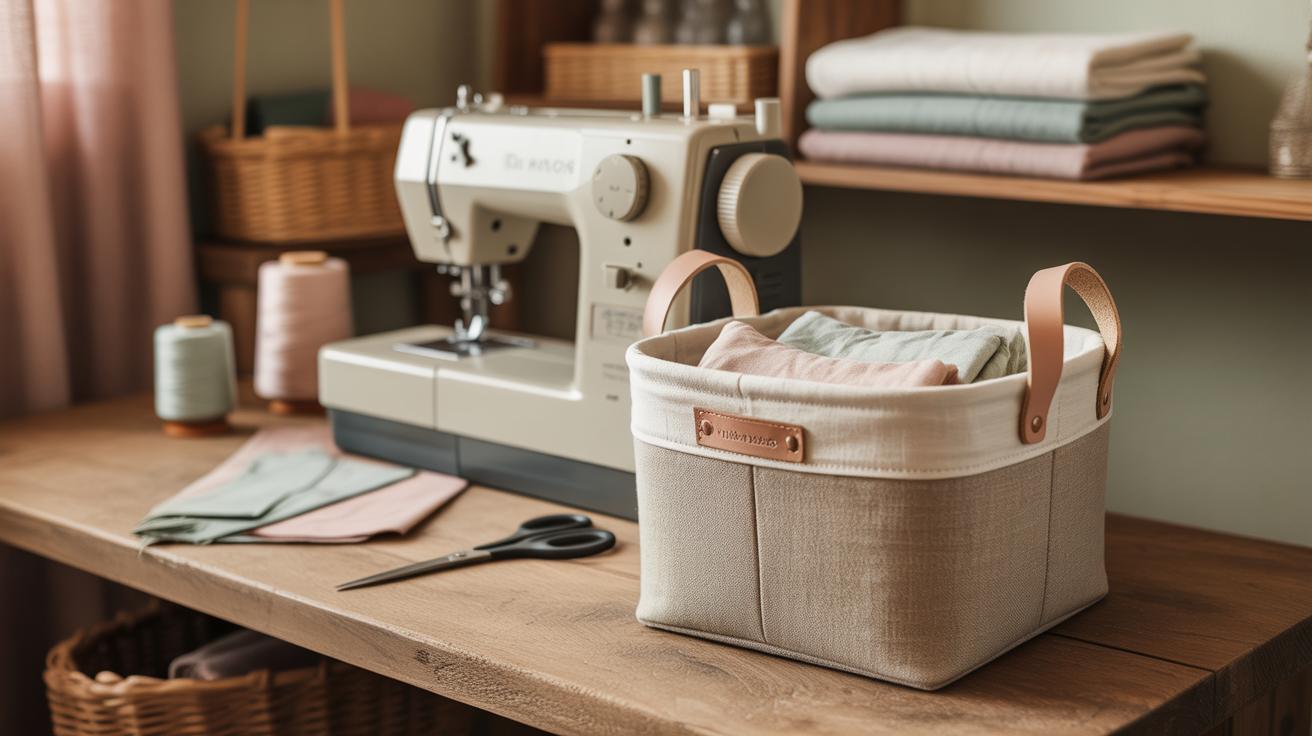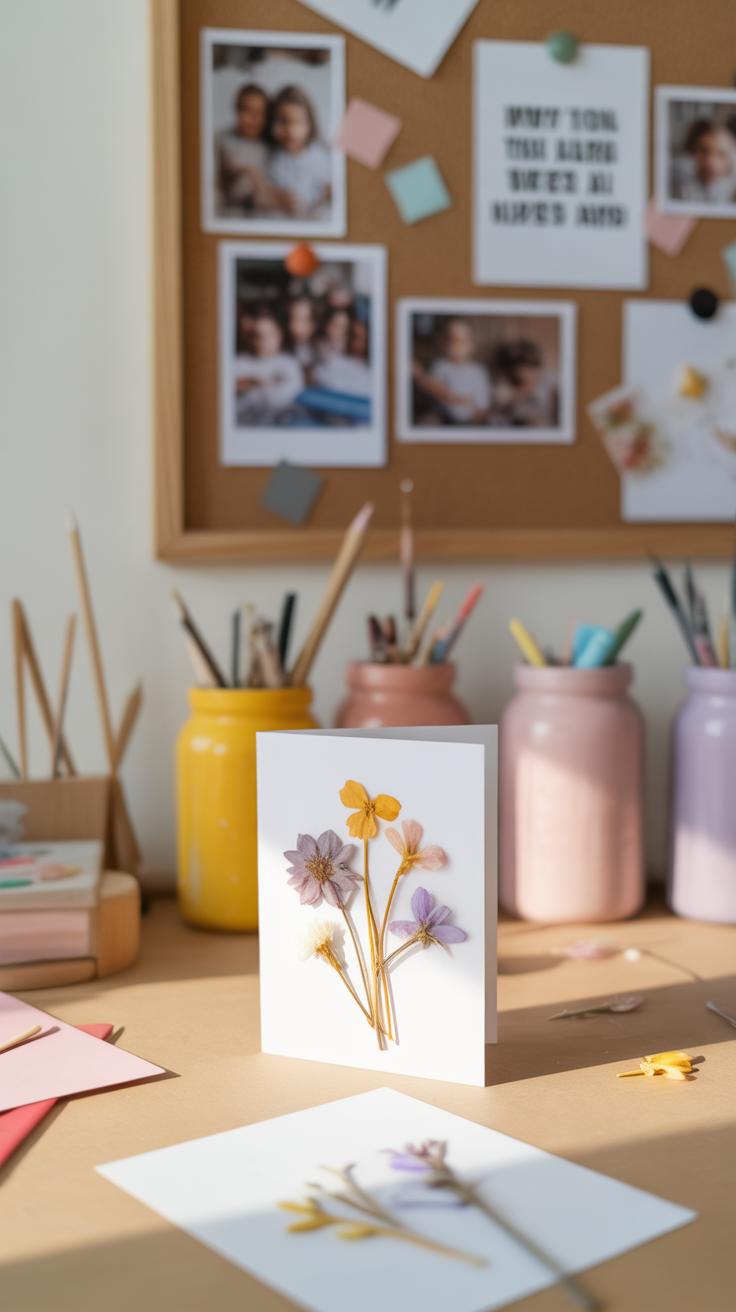Introduction
Arts and crafts offer a wonderful way for adults to personalize and elevate their home decor. Engaging in creative projects can brighten your living space and make it truly yours. This article explores how adults can use arts and crafts to enhance their home’s look and feel in practical, creative ways.
You will learn about a variety of crafts that fit different styles and skill levels. From small decorations to larger projects, discover ways to add unique touches to your home. This hands-on approach allows you to express yourself while making your space more inviting and beautiful.
Understanding Arts and Crafts For Adults
What Arts and Crafts Mean for Adults
Arts and crafts for adults go beyond simple pastime—they’re a way to create, unwind, and express something uniquely personal. Unlike children’s crafts, they often require more skill, patience, and attention to detail. You might find yourself focusing on techniques like sewing, woodworking, or even pottery, which need practice and thought. The goal shifts from just making something pretty to creating pieces that have meaning, purpose, or even practical use around the home.
When you engage in these crafts, you tap into a creative energy that can help ease stress and provide a sense of accomplishment. It’s not just about the finished item but the process—something relaxing yet stimulating. Perhaps you notice how your mind quiets down when you’re knitting or how assembling a handmade shelf sharpens your focus. Those moments help recharge your mental batteries.
What Arts and Crafts Entail
Arts and crafts as an adult hobby cover a wide range. Here are some common examples:
- Painting and drawing
- Pottery and ceramics
- Woodworking and carving
- Textile crafts like sewing, embroidery, or quilting
- Jewelry making and metalwork
- DIY home decor projects
Each type requires varying levels of skill and tools, which is partly what makes the experience interesting. You can find something simple or challenge yourself with complex projects that stretch your abilities.
Why Adults Should Engage in Crafts
Working with your hands impacts more than just your surroundings. People often mention feeling calmer or less anxious after a crafting session. It encourages mindfulness, something many adults struggle with daily. Emotionally, it offers a means of expressing feelings that might be hard to put into words.
There’s also a social element—craft groups and workshops create community spaces, a chance to share ideas or frustrations. And, well, not every craft will spark instant inspiration or joy. Still, the trial and error, the patience needed, it all plays a role in growth, both creative and personal.
Choosing The Right Craft Projects For Your Home
Picking the right craft project isn’t always straightforward. You want something that fits your home’s style, sure, but also matches your skills and the space you have. If your living room is small, a huge woodworking project might be more frustrating than fun. On the other hand, small-scale crafts can add charm without crowding your space.
Think about the tools and materials you already own or can easily get. Do you have a sewing machine? What about paints or glues? Some projects need specialized tools, which can slow you down or add unexpected costs. It’s okay to start with simpler supplies and build up from there. Time matters too—are you looking for a quick weekend craft or a long-term hobby? It’s easy to underestimate how much time a project takes.
Matching Crafts To Your Style
Knowing your home decor style helps narrow down project choices. Are you more into modern, minimalist looks with clean lines? Then, consider geometric wall art or sleek planters. If your space leans rustic or farmhouse, wood burning or woven baskets might be better.
Some styles invite bold colors and textures, while others thrive on subtle tones and natural materials. Ask yourself: what already makes me comfortable at home? The project should feel like an extension of that, not a sudden shift. It’s okay if you’re not sure—you can experiment with small pieces first.
Considering Your Skill Level and Tools
Don’t feel pressured to jump into complicated crafts just because you’re eager. Starting simple builds confidence and reduces frustration. For example, painting small canvases or creating paper garlands can be satisfying without much equipment.
As your skills grow, you might want to challenge yourself with pottery or carpentry, but only if you have the tools and space. Many crafts can scale up in difficulty, so you don’t need to decide everything at once. Sometimes the best choice is the one that fits what you feel ready for right now. And if you don’t have all the tools? You could borrow, rent, or find DIY alternatives.
Essential Materials and Tools For Home Crafting
Basic Materials You Need
Starting your home crafting doesn’t require a massive investment. You can begin with a few staple materials that you’ll find at most craft or general stores. Think of plain paper – it’s more versatile than you might expect. You can fold it, paint it, or cut it into shapes. Fabric scraps, even old clothes or sheets, provide texture and color without extra cost. Paints, whether acrylic or watercolor, open up endless possibilities for adding personality to a space. Glue, of course, holds everything together; white school glue or a simple glue stick might do just fine depending on the project.
Other useful materials include ribbons, buttons, and maybe some beads if you want to add small accents. Don’t overlook basic things like markers or pencils—they’re handy for planning and detail work. If you can grab a small bundle of these items from around your home or a nearby store, you’re already well equipped. Sometimes simple items offer the most unexpected creative chances.
Tools That Make Crafting Easier
No matter the project, having a few essential tools can make your crafting experience smoother and more enjoyable. A good pair of scissors is a must—don’t settle for dull ones as they make cutting frustrating and uneven. A cutting mat often surprises beginners as a tool they didn’t know they needed; it protects surfaces and makes precise trimming easier. Brushes come in different sizes, but starting with one thin and one broad brush covers most paint jobs.
Pens, rulers, and maybe an X-Acto knife (if you’re comfortable) give you control for detailed work. And don’t forget something like a set of tweezers or small clamps for holding tiny pieces in place while glue dries. Even something as simple as a pencil sharpener can be crucial. These tools are not expensive—often found at dollar stores or basic craft shops—and they save you a lot of hassle. Have you noticed how the right tool sometimes makes you wonder why you struggled before?
Creative Wall Art Projects To Brighten Your Space
When it comes to crafting wall art, there’s quite a bit you can explore without feeling overwhelmed. Painting and drawing offer straightforward ways to add personality to your walls. You might try simple abstract shapes or repetitive patterns with acrylic paints—nothing too complicated, just letting colors play with one another. Sometimes, a few brush strokes can change a room’s mood entirely, even if you’re just testing what feels right as you go.
Paper crafts open a whole new avenue. Think about cutting geometric shapes from colorful paper or layering torn scraps into a collage. You don’t need fancy tools; scissors and glue are often enough. I once made a paper flower wreath that brightened a bare corner for weeks. Mixed media can mix those ideas—paint over pasted paper, glue on textured fabric, or add bits of natural material. Those layers create depth, making your wall art truly unique.
Here are some ideas to get started:
- Paint a series of small squares with different colors to form a grid pattern.
- Draw simple line art—like botanical sketches—to keep the look clean and timeless.
- Create a collage from old magazine clippings arranged by color or theme.
- Combine paint splatters with glued paper shapes to add randomness and charm.
What catches your eye? Perhaps playing with scales, colors, or textures could give you some unexpected inspiration.
Handmade Decorative Items For Shelves and Tables
Making your own decorative objects can bring a subtle charm to any room. Think about small vases, rustic bowls, or simple sculptures that aren’t just pretty but also tell a story—maybe yours. Using natural and recycled materials adds a layer of meaning and texture that store-bought items rarely have.
You might try crafting with driftwood or smooth stones collected on a walk. These materials don’t need much alteration—sometimes just arranging and securing them creates a striking piece. Recycled paper and fabric also offer interesting possibilities: think paper mâché bowls or wrapped fabric-wrapped jars turned into vases.
Simple sculptures can be surprisingly easy. A geometric form made from twigs tied with twine or a stack of painted stones can subtly brighten a shelf corner or table without overwhelming the space. These projects don’t demand much skill but add a handmade warmth that’s hard to replicate.
Have you ever noticed how a hand-shaped bowl, even a roughly finished one, draws your eye? That kind of imperfection feels real and inviting. So, maybe start small. Create something a little wonky—it’s the flaws that often make these pieces memorable.
Textile Crafts For A Cozy Home Atmosphere
Textile crafts offer a unique way to add a warm, personal touch to your living space. Knitting, sewing, and embroidery aren’t just hobbies; they create useful items that blend comfort and style. Think cushions that carry your choice of colors or curtains that reflect your taste—you actually control how your space feels.
Knitting and Crocheting Projects
If you’re new to yarn crafts, start small. A simple knitted cushion cover or a crocheted throw can work wonders in making a room feel inviting. These projects don’t demand a complex pattern—just a few basic stitches repeated comfortably. You might find it a bit meditative, even if you’re not usually patient.
Try scarves, too; they’re small yet impactful. Draped over a chair, they hint at coziness and invite you to touch soft textures. Besides, the satisfaction of wrapping yourself—metaphorically—in something you made? Worth trying at least once.
Sewing and Embroidery Ideas
Sewing projects for home can be surprisingly quick and rewarding. A simple fabric pouch for remote controls or a new curtain panel tailored to your window’s needs sharpens your decorating skills. You don’t have to be perfect—stitch imperfections sometimes add character.
Embroidery is another way to personalize textiles. Adding small motifs or initials to pillows or table runners makes these everyday items stand out. Maybe a delicate floral pattern on your kitchen towel or a geometric design on a lampshade that plugs into the room’s vibe.
The key is experimenting, letting yourself explore beyond just utility. These crafts give texture and personality—maybe more than you expect—and they quietly invite comfort into your daily surroundings.
Incorporating Craft Projects Into Daily Living
Bringing craft projects into your everyday life can feel like a quiet revolution for your home. You’re not just adding decorations; you’re weaving function and personality together. It’s interesting how something handmade can shift the energy of a room, making ordinary objects feel more thoughtful. For example, a hand-painted ceramic bowl doesn’t just hold keys—it invites a pause, a moment to appreciate detail.
When thinking about the best way to organize and display your crafts, try mixing forms and textures. Don’t hesitate to cluster small items together, like a collection of coasters or jars, instead of spreading them thin. Sometimes the unexpected grouping catches the eye more than a perfectly symmetrical layout. Have you ever noticed how a casually arranged shelf feels more relaxing than a meticulously curated one?
Functional Crafts For Everyday Use
There’s something satisfying about crafts that serve a dual purpose—both decorative and practical. Consider these ideas:
- Handmade storage containers from old jars or woven baskets that hold everything from office supplies to kitchen spices.
- Coasters crafted from leather scraps or ceramic tiles, which protect surfaces and add character.
- Lampshades made with paper cutouts or fabric, giving soft, customized lighting to your living areas.
I once tried making a wooden tray with inlaid tile accents. It didn’t turn out perfectly smooth, but it’s become my go-to piece for morning coffee—and it sparks small compliments that feel rewarding.
Displaying Your Handmade Creations
Here’s a thought—display crafts in ways that invite touch or interaction. For example, set your knitted throws across the back of a chair rather than folded away. Hang a series of small paintings or framed embroidery along a hallway. Even a simple pegboard can showcase tools and small crafts, blending art with utility.
Try rotating your pieces over time. Moving items to new spots can refresh your space without buying anything new, and it keeps your environment feeling alive. Ever found that one piece suddenly stands out after you change its place? Maybe that’s the charm of handmade art; it’s never quite fixed in stone.
Keeping Your Crafting Spirit Alive
Sometimes, staying motivated with arts and crafts can be a bit tricky. You might start a project full of energy only to find yourself stuck halfway or losing interest. But finding fresh inspiration does help keep the momentum going. One way to spark ideas is by exploring books filled with project tutorials or browsing websites dedicated to handmade crafts. You might stumble upon something unexpected, like a new technique or material you hadn’t thought about before.
Joining crafting communities can make a big difference, too. Local clubs or workshops give you a chance to meet others who share your interests, and even online forums offer plenty of support and exchange. When you talk with people who understand what you’re doing, it’s easier to stay curious and excited. Plus, sharing your own projects sometimes reminds you why you love crafting in the first place.
If you ever feel stuck, ask yourself what genuinely excites you about creating. Is it the process, the finished piece, or maybe the chance to relax? Keep those thoughts in mind. And remember, it’s okay if your interests shift over time—sometimes stepping away to recharge can lead to your best ideas yet. So dive into a new book, join a class, or just chat with someone—there’s always a way back to your creative groove.
Conclusions
Using arts and crafts in home decor is a rewarding way to refresh your surroundings with your personal touch. Handmade items bring character and warmth that store-bought pieces often lack. By choosing projects that suit your style and space, you create a home that reflects who you are.
Remember, the goal is to enjoy the process and end up with decor that feels special to you. Start small, experiment with different materials, and see how your creativity transforms your home. Your hands have the power to bring simple ideas to life and make your space uniquely welcoming.

